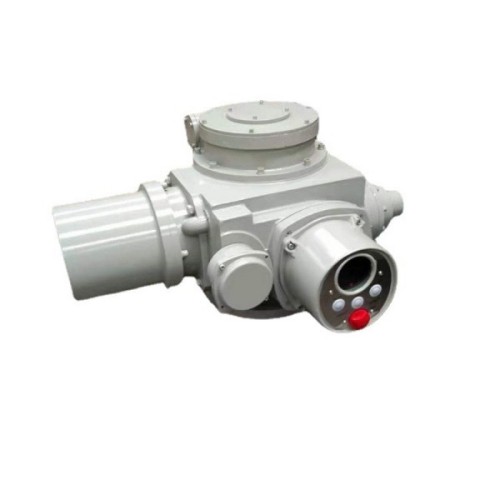Innovative Designs in Threaded Butterfly Valve Technology for Enhanced Flow Control Solutions
Understanding Threaded Butterfly Valves A Comprehensive Overview
Butterfly valves are crucial components in various industrial applications for controlling the flow of fluids. Among the different types of butterfly valves available, threaded butterfly valves stand out for their efficient performance and ease of installation. This article explores the features, advantages, and applications of threaded butterfly valves, providing readers with a clear understanding of their importance in fluid management systems.
What is a Threaded Butterfly Valve?
A threaded butterfly valve is a quarter-turn valve that consists of a circular disc or vane mounted on a rotating shaft. The valve is designed in such a way that when the shaft opens or closes the disc, it allows or prevents the flow of fluid through the valve. The 'threaded' aspect refers to the connections at either end of the valve body, which feature threaded fittings that enable direct screwing into pipes, ensuring tight and secure seals.
Key Features
1. Simple Design The operational mechanism of threaded butterfly valves is straightforward. The valve’s disc rotates 90 degrees to either fully open or close the flow path, making it easy to operate and control fluid flow.
2. Compact Size Compared to other valve types, threaded butterfly valves are remarkably compact and lightweight. Their space-saving design makes them suitable for applications where installation space is limited.
3. Versatile Materials These valves can be manufactured from a range of materials, including PVC, stainless steel, cast iron, and more. This versatility allows them to be used in various environments, including corrosive or high-temperature applications.
4. Pressure and Temperature Ratings Threaded butterfly valves can handle different pressure and temperature conditions, making them ideal for a variety of industrial processes.
Advantages of Threaded Butterfly Valves
threaded butterfly valve

1. Efficient Flow Control The design of the butterfly valve allows for quick opening and closing, which enhances flow control and reduces the potential for cavitation and turbulence in the fluid.
2. Cost-Effective Generally, threaded butterfly valves are more affordable than other types of valves, such as gate or globe valves. Their cost-effective nature, combined with ease of maintenance, makes them an attractive option for many industries.
3. Installation Flexibility The threaded connections facilitate easy installation in piping systems, eliminating the need for welding or special tools. This flexibility expedites the setup process and reduces labor costs.
4. Minimal Flow Resistance The streamlined design of the valve minimizes flow resistance when the valve is in the open position, contributing to energy savings in pumping operations.
Applications
Threaded butterfly valves are widely used across various sectors, including
- Water Treatment They are employed for flow control in water purification processes and distribution systems. - Chemical Processing Their ability to handle corrosive materials makes them a favored choice for chemical applications. - Food and Beverage Industry The hygienic design of certain models allows them to be used in food processing applications, ensuring safety and compliance with industry standards. - Oil and Gas In this sector, they are utilized for controlling the flow of fluids and gases in pipelines.
Conclusion
Threaded butterfly valves are an essential component in fluid control systems, offering a blend of efficiency, versatility, and cost-effectiveness. Their simple design, along with the advantages of easy installation and minimal flow resistance, makes them suitable for a wide range of applications. Understanding the functionalities and benefits of threaded butterfly valves is vital for engineers and technicians involved in system design and fluid management, ensuring optimal performance and reliability in their operations.
-
The Key to Fluid Control: Exploring the Advantages of Ball Valves in Industrial SystemsNewsJul.09,2025
-
The Versatile World of 1, 2, and 3 Piece Ball ValvesNewsJul.09,2025
-
Stainless Steel Ball Valves: The Ideal Choice for Efficient Flow ControlNewsJul.09,2025
-
Optimizing Fluid Control with Ball Float ValvesNewsJul.09,2025
-
Manual Gate Valves: Essential for Control and EfficiencyNewsJul.09,2025
-
Everything You Need to Know About Butterfly ValvesNewsJul.09,2025
-
The Versatility of Wafer Type Butterfly ValvesNewsJul.08,2025




